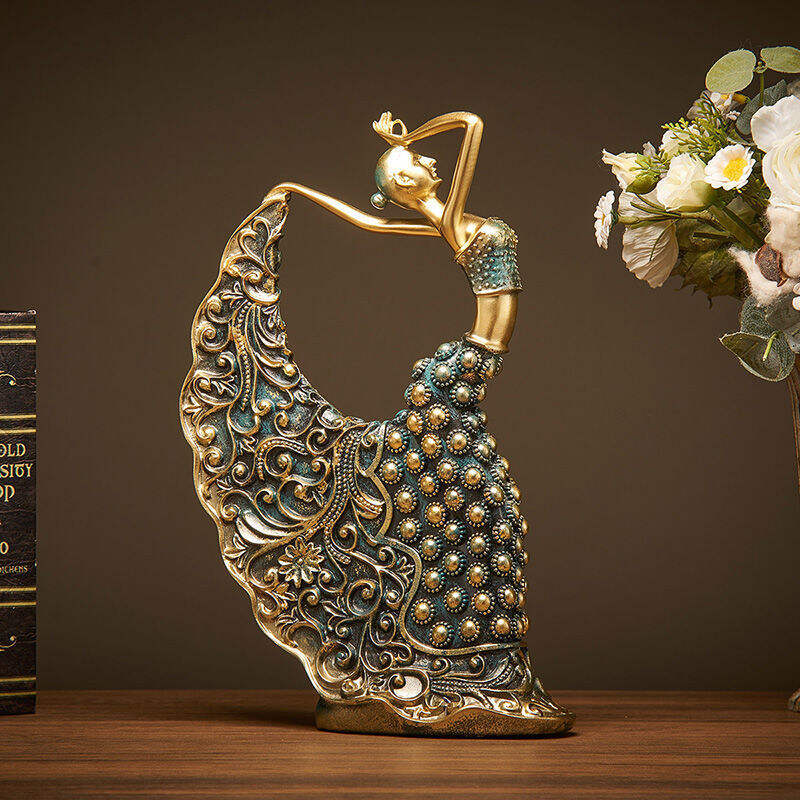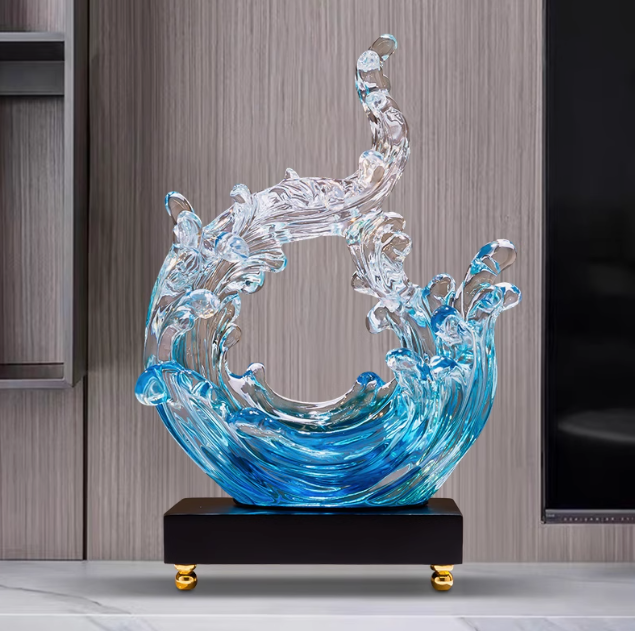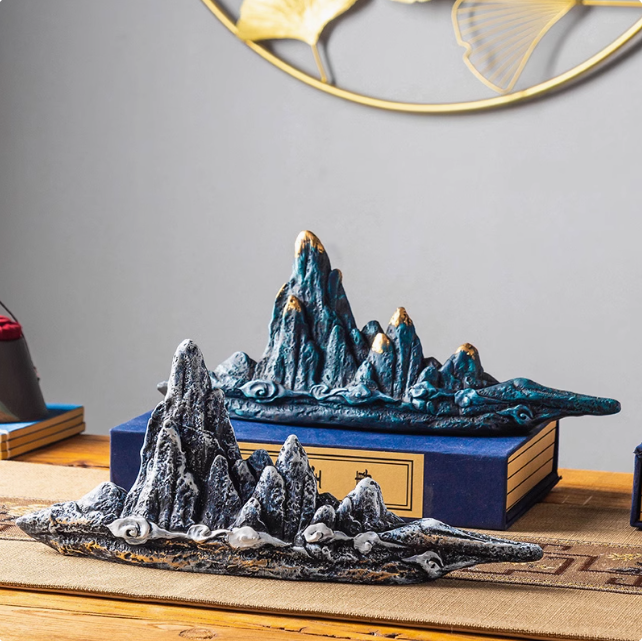Harmonious Feng Shui Design Principles
The implementation of harmonious feng shui design principles within china guest room decor creates environments that promote positive energy flow, balance, and well-being, offering guests more than visual beauty by providing spaces that actively contribute to their physical and emotional comfort. Feng shui, the ancient Chinese practice of arranging spaces to optimize the flow of qi or life energy, forms the foundation of authentic china guest room decor, ensuring that furniture placement, color schemes, and decorative elements work together to create harmonious living spaces. Strategic positioning of beds, desks, and seating areas follows feng shui guidelines that promote restful sleep, enhanced focus, and social harmony, directly impacting guest satisfaction and comfort levels throughout their stays. Color palettes carefully selected according to feng shui principles incorporate earth tones, warm reds, and peaceful blues that create psychologically soothing environments while maintaining cultural authenticity and visual appeal. Natural elements such as plants, water features, and natural materials like bamboo and stone are integrated thoughtfully to balance the five elements theory central to feng shui practice, creating spaces that feel naturally harmonious and energetically balanced. Lighting design follows feng shui principles by providing multiple sources of soft, warm illumination that can be adjusted to match different activities and times of day, avoiding harsh overhead lighting that can create negative energy patterns. Mirror placement adheres to traditional guidelines that enhance positive energy while avoiding configurations that might create energy disruptions or discomfort for occupants. The elimination of clutter and the creation of clear pathways for energy flow ensure that rooms feel spacious and peaceful even when fully furnished with traditional Chinese decorative elements. These feng shui applications extend to practical benefits including improved air quality through strategic plant placement, better acoustics through thoughtful material selections, and enhanced privacy through screen placements that create intimate spaces within larger rooms, all contributing to guest experiences that feel both culturally authentic and personally restorative.










